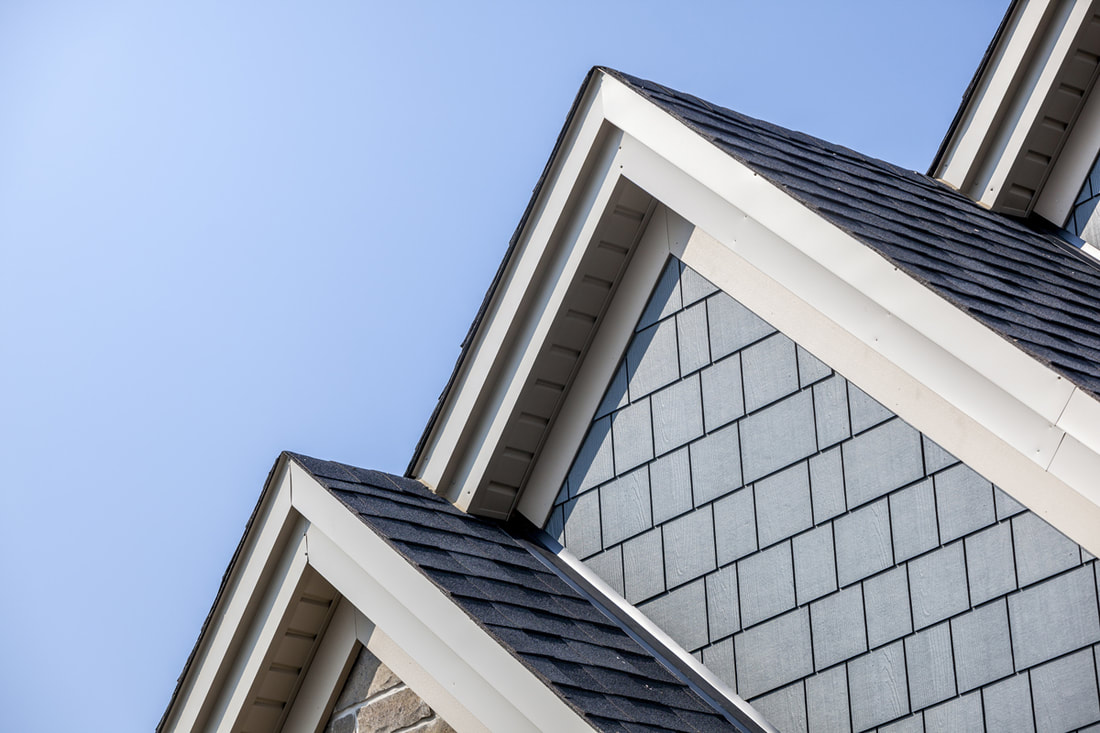When To Do Partial VS Full Roof Repair

In Florida, it’s not at all unusual for high winds to rip off some house shingles and scatter them all over the lawn, for hail to damage large sections of your roofing, or for a tree knocked down in a storm to crash into your roof and leave a leaky chasm. It is obvious, in such cases, that some form of roof repair is necessary, and fast. But how will you know whether partial or full roof repair is the best answer?
Here are some considerations to help you make that decision.
Partial Roof Repair
There are a number of possible situations where a roof will only need to be “patched” rather than fully replaced. If you are able to match the existing roofing material exactly or if your roof is relatively new, this is a good option. If only a specific, well contained section or two of the roofing is damaged, this is also the obvious course of action to take.
Also, hail damage is sometimes spread out across all or half or more of a roof, and yet, it may only have badly damaged a shingle here, and another there, in a scattered manner. In this case, a skilled roofer can search for all dimpled shingles over the whole roof and replace them alone.
However, if a roof is old enough, the sun may have faded the original color of the shingles enough that the replacements won’t match well. In that case, you could just “put up with it” to save costs, try to get some used shingles of the same type, or reroof the whole house.
Full Roof Repair
If enough of the roof is damaged, of course, it will be time to re-roof the whole thing. If shingles are worn, curled up, buckling, or falling off all over the roof, or if your roofing warranty is up, you should invest in a new roof. If you want to sell your home at a high price point, and the roof is anywhere close to feeling it’s age, it’s a wise move to do a full roof replacement.
You will want to get a quote for both partial and full roof repair so you can compare the costs. Full will cost more, but it’s a matter of how much more that counts. The costs of lifting up surrounding shingles to remove an isolated damaged one and replace it, setting up equipment, and just taking time on the job mean small repairs may cost more per square even if less overall.
Check with your home insurer too, because some homeowner’s insurance companies won’t pay to replace a roof if it’s already been patched in the past. If your roof has already been leaky or giving you trouble, a full roof repair is a good chance to strip it down and see the roof decking so any damaged boards can be replaced. These are just a few of the factors you need to take into account.
Finally, if you have two or more layers of shingles on your roof top currently, it will be best to replace the whole roof unless it’s very new. The reason is that “roofing over” weakens your roofing and shortens its life span.
To learn more on how to weigh partial versus full roof repair, or for a free quote on each option in Central Florida, contact Sheegog Contracting today!


